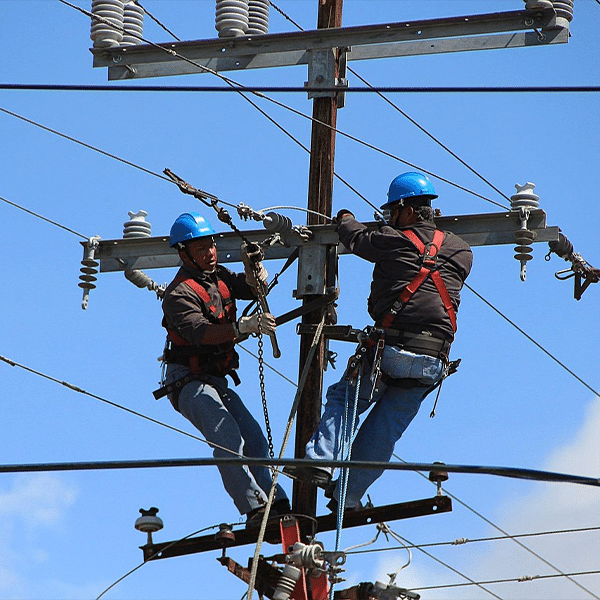 The USDA should change the rules for the second round of ReConnect funding, said FCC Commissioner Michael O’Rielly in a letter to USDA Rural Utilities Service Administrator Chad Rupe. The rules currently in place could allow recipients to use funding to overbuild broadband to locations that already have it, O’Rielly said.
The USDA should change the rules for the second round of ReConnect funding, said FCC Commissioner Michael O’Rielly in a letter to USDA Rural Utilities Service Administrator Chad Rupe. The rules currently in place could allow recipients to use funding to overbuild broadband to locations that already have it, O’Rielly said.
O’Rielly also expressed concern that the rules favor fiber deployments over lower-cost options and that the planned challenge process was not sufficiently consistent and transparent. In addition, he said the USDA should exclude areas subject to Universal Service Fund A-CAM or CAF BLS deployment obligations or where a network operator such as Charter Communications is required to provide broadband service as a condition of a previous merger approval. (Areas subject to Connect America Fund build-out requirements are already excluded.)
The second round of the USDA ReConnect program has a budget of $550 million, a bit less than the $600 million that was budgeted for the first round. The USDA is currently accepting applications for the second round.
Overbuild Concerns
Rules for the first round of the ReConnect program targeted areas in which 100% of locations did not have broadband available to them, but rules for the second round allow network operators to apply for funding for areas in which 90% of locations lack broadband.
The revised threshold “will likely result in upgrading service in lower-cost areas that are not in need of broadband subsidies and leaving the hardest to reach areas without service,” O’Rielly said.
He added that “by allowing applicants to use scarce funding to duplicate service in parts of the territory that already have service, the decision enables wasteful overbuilding at the expense of those truly in need.”
Rupe had told O’Rielly that the threshold was changed so that areas with a negligible number of served locations would be eligible for funding. But O’Rielly said the new 90% standard “drastically overcompensates as a solution.”
He added that the new standard makes it more difficult for those wishing to challenge an area’s eligibility.
Favoring Fiber
O’Rielly’s concern that the USDA ReConnect rules for round two favor fiber deployments relates to the point system that will be used for scoring funding applications. Up to 20 points will be awarded for deployments that will provide symmetrical service at speeds of at least 100 Mbps.
According to O’Rielly, this approach “seems to unfairly and discriminatorily tilt the scales toward fiber-to-the-premises technology over others that would serve consumers just as effectively.” According to O’Rielly, more people would gain broadband connectivity if this criterion was not included or was assigned less weight.
Service performance is one of nine evaluation criteria for round two. Points are awarded based on criteria such as rurality of service area and the number of farms, businesses, educational facilities, healthcare centers or essential community facilities served. The fewest number of points associated with any of the criteria is five – for projects in an opportunity zone. The largest number of points associated with any single criterion is 25 – for the rurality criterion.
Doing a bit of math reveals that the performance/speed criterion represents 13.33% of total possible points. It’s also worth noting that, according to O’Rielly’s letter, the performance/ speed criterion was unchanged from the first ReConnect round.
“I regret that this scoring metric was not modified for the second round of funding,” he said.
On the Other Hand…
One thing that O’Rielly doesn’t consider in his analysis of the USDA ReConnect rules is local accountability. The rural telcos and rural electric companies that won the majority of funding in phase one of the ReConnect program, by and large, are based in or near the communities to which they will be extending service, and people in the community are likely to raise an uproar if funding recipients choose to overbuild locations that already have broadband rather than to extend service to unserved locations. A responsible applicant will base its funding request on what it needs to bring service to the unserved – and those are the locations to which it will build if funding is won.
I suspect local residents also will be disappointed if, after waiting so long for broadband, they receive service that doesn’t come close to what people in urban areas can get.
I’d be interested to hear what readers think of O’Rielly’s assertion that it’s unfair to favor higher-performing service. I’m sure readers have some strong opinions on that – and perhaps about some of his other concerns as well.
